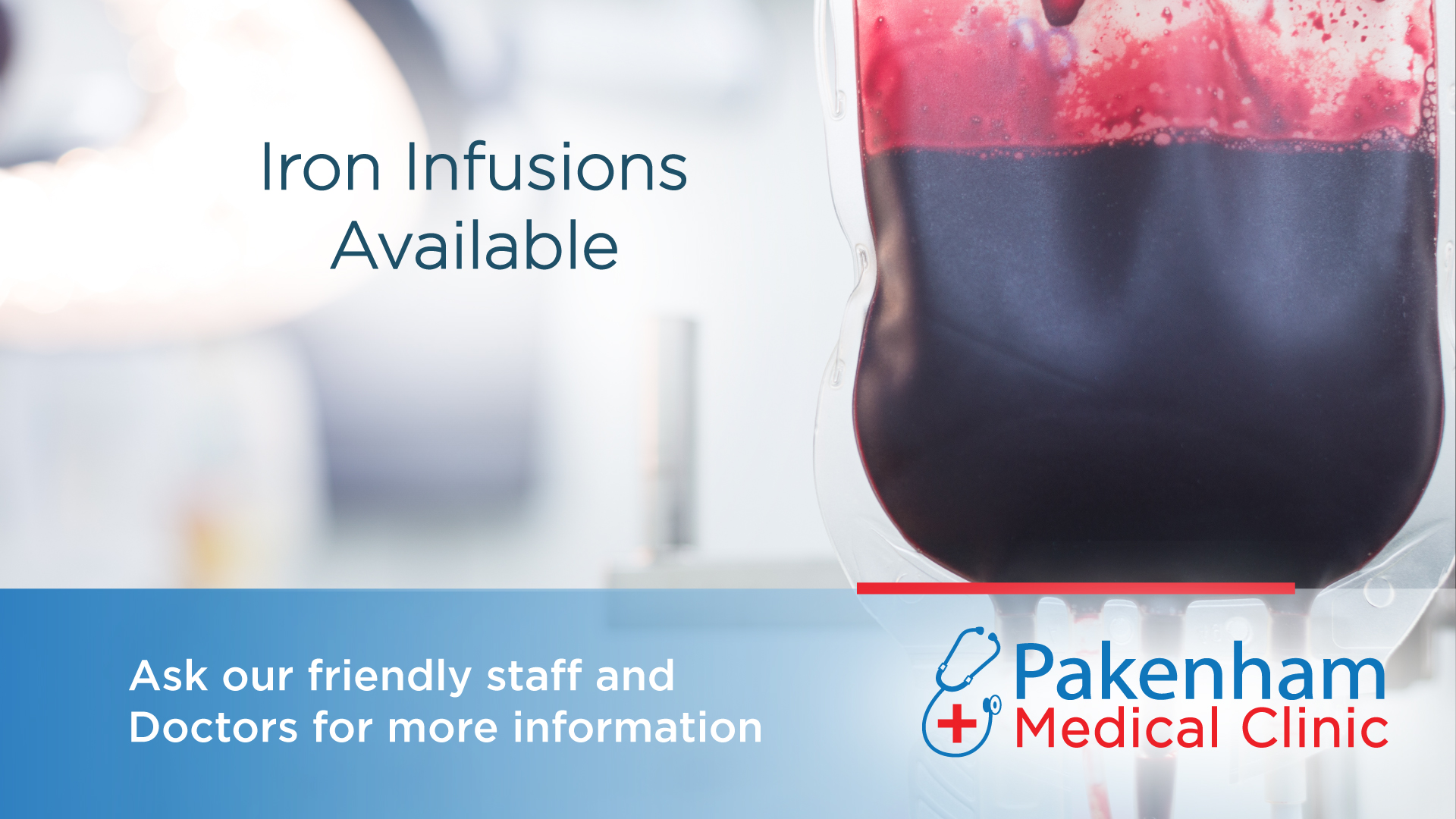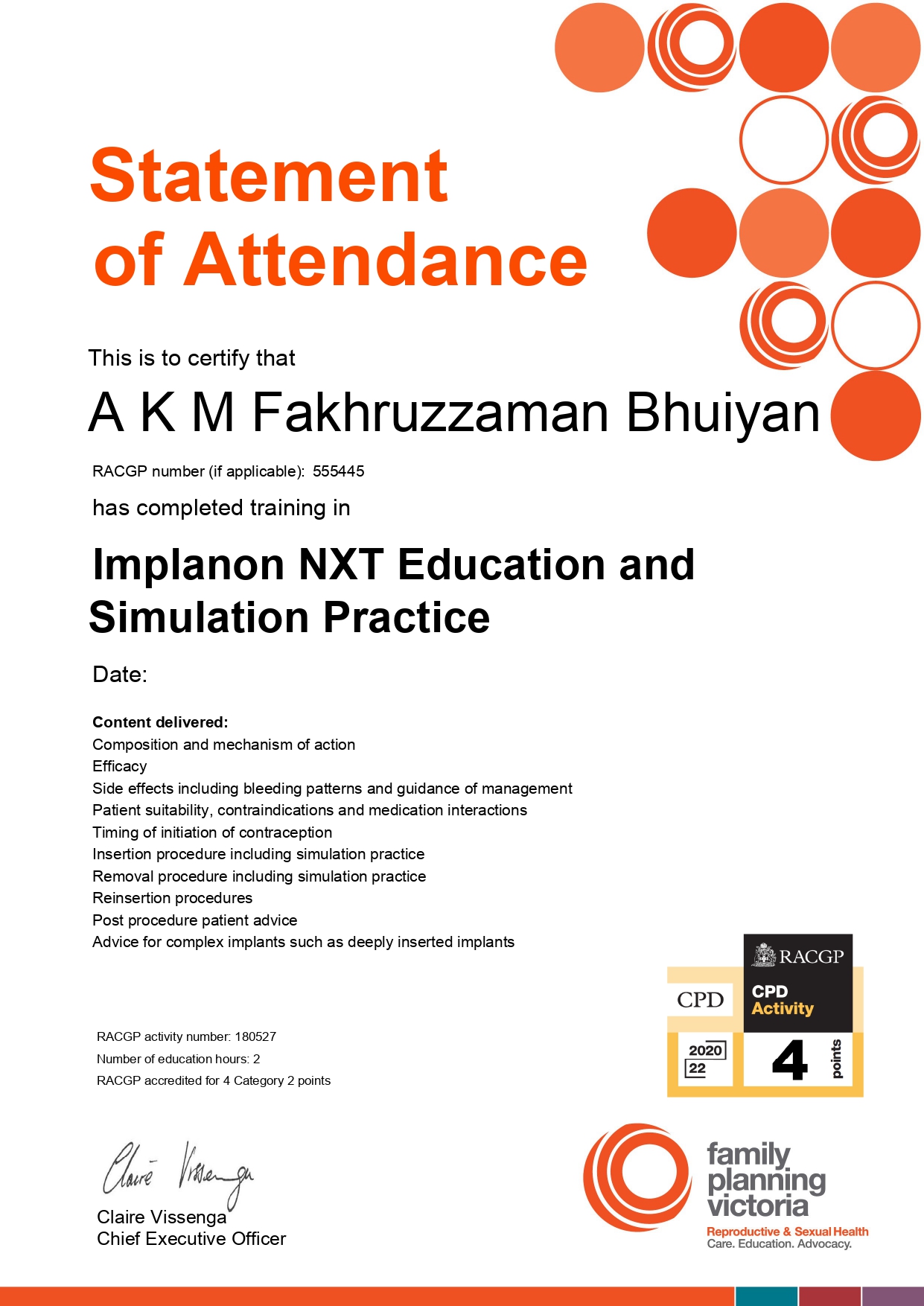What is iron?
Iron is an essential element for blood production. About 70 percent of your body’s iron is found in the red blood cells of your blood called haemoglobin and in muscle cells called myoglobin. Haemoglobin is essential for transferring oxygen in your blood from the lungs to the tissues. If you don’t have enough iron, your body can’t make enough healthy oxygen-carrying red blood cells.

Symptoms that may indicate iron deficiency:
- Extreme fatigue.
- Weakness.
- Pale skin.
- Chest pain,
- fast heartbeat or shortness of breath.
- Headache,
- dizziness or light headedness
- Cold hands and feet
- Inflammation or soreness of your tongue
- Brittle nails.
Who is at risk of being iron deficient?
- Women with heavy periods are at risk of iron deficiency anaemia
- People suffering a peptic ulcer, a hiatal hernia, a colon polyp or colorectal cancer are at risk of iron deficiency anaemia, because of slow chronic blood loss. Gastrointestinal bleeding can result from regular use of some over-the-counter pain relievers, especially aspirin.
- A lack of iron in your diet. Your body regularly gets iron from the foods you eat. If you consume too little iron, over time your body can become iron deficient. Examples of iron-rich foods include meat, eggs, leafy green vegetables and iron-fortified foods. For proper growth and development, infants and children need iron from their diets, too.
- An inability to absorb iron. Iron from food is absorbed into your bloodstream in your small intestine. An intestinal disorder, such as celiac disease, which affects your intestine’s ability to absorb nutrients from digested food, can lead to iron-deficiency anaemia. If part of your small intestine has been bypassed or removed surgically, that may affect your ability to absorb iron and other nutrients.
- Pregnancy. Without iron supplementation, iron deficiency anaemia occurs in many pregnant women because their iron stores need to serve their own increased blood volume as well as be a source of haemoglobin for the growing foetus.
How do you treat iron deficiency?
Iron deficiency anaemia is typically treated with dietary changes and iron supplements that you take in pill form or injection. Iron injections involve injecting iron into a muscle with a needle. The injection is usually done into the buttocks. iron injections deliver a whole dose immediately. Muscle Injections are painful and can also cause intramuscular bleeding and orange discolouration.
Iron infusions tend to be less painful than iron injections. An iron infusion is a way to increase the body’s iron levels quickly. It’s a more immediate treatment than supplements or dietary changes. This can be very helpful in situations where anaemia is severe.
The physical benefits of an iron infusion include increased energy and easier breathing. You should start feeling these benefits a few weeks after your final infusion treatment. How long these benefits last depend on the cause of your iron deficiency anaemia and whether you’re using any other therapies to increase your iron levels.
What is Iron infusion?
Iron infusion is a procedure in which iron is delivered to your body through a small IV drip which will be put in your arm.
You may require an IV infusion if you:
- Can’t take iron by mouth
- Can’t absorb iron adequately through the gut
- Can’t absorb enough iron due to blood loss
- Need to increase iron levels fast to avoid medical complications or a blood transfusion
You may have some side effects right after the procedure.
Most of them are mild. These include:
- Temporary changes in the way you taste food and drinks (metallic taste)
- Headaches
- Muscle and joint pain
- Increased or decreased blood pressure or heart rate
- Burning sensation or swelling at the site of the injection
- Permanent skin discolouration at the side of the injection if leakage of iron happened under the skin
Serious Side effects
Severe side effects are rare. You will be closely monitored for any signs and symptoms of these side effects by nursing staff.
- Anaphylaxis shock
- Severe hypotension (low blood pressure)
- Collapse
- Loss of consciousness
Why would I need an iron infusion?
IV iron may be necessary to treat iron deficiency in patients who do not absorb iron well in the gastrointestinal tract, patients with severe iron deficiency or chronic blood loss, patients who are receiving supplemental erythropoietin, a hormone that stimulates blood production, or patients who cannot tolerate oral tablets.
Iron infusions during pregnancy
A pregnant woman’s need for iron increases as her foetus develops. infusions are often preferred over oral iron supplements because taking it by mouth can cause gastrointestinal side effects. However, iron infusions are usually reserved for the second or third trimester of pregnancy
What to tell your Doctor before iron transfusion
- If you are pregnant or trying to get pregnant
- Have history of asthma eczema, or other allergies
- Have had reaction to any type of iron injection or infusion in the past
- Have history of high iron levels haemochromatosis or liver problem
- On any medications including over the counter or herbal supplements
What to ask your Doctor before Iron infusion
A person should ask their doctor whether they should make any specific preparations before they have an iron infusion. Most people do not need to fast or stop taking their medications beforehand and can also resume their everyday activities after an iron infusion.
After the Iron Infusion
Sometimes the side effects can start 1 or 2 days after the infusion and include headache, mild fever, joint and muscle pains. Theses usually settle down by themselves over the next few days. If they are worrying you or interfere with your daily activities contact your doctor for advice.
If you have chest pain, difficulty breathing, dizziness or neck and mouth swelling seek urgent medical attention and call an ambulance (000)
Advantages of IV Iron Infusions at Pakenham Medical Clinic
No waiting lists



